Log In
Remember meForgot password?
Forgot Password?
La La Land
Backlash happens. You already know where you stand on the whole La La Land pro-or-con debate, and I’m not interested in changing your mind. We like what we like and we don’t like what we don’t like. I’ve never been an enthusiast of musicals, and the idea of an explicitly romantic movie puts me to sleep faster than you can say “Nicholas Sparks.” When it comes to La La Land, though, know this: I paid to see it three times when it was released in theaters; I watched it another three or four times when it came to HBO; and then I bought the DVD so I could watch it again.
So yeah, I’ve taken a side.
Why do you say romantic like it’s a dirty word?
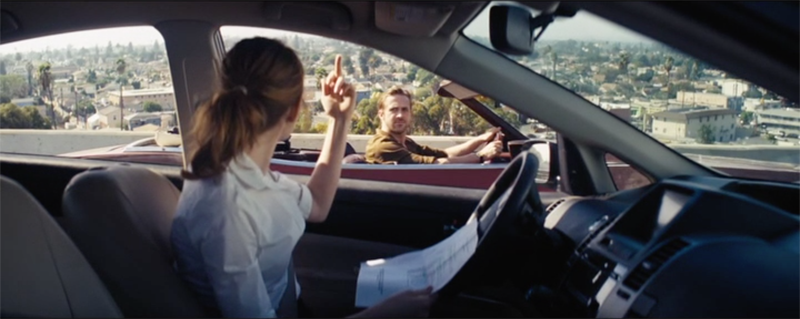
La La Land is a love letter to Los Angeles, to film, to music, and to everyone who’s ever taken that big leap of trying to make impossible dreams come true.
As Mia says: “I love it.”
I have musician friends who look down on the songs and the score; I have musical theater friends who scorn Ryan Gosling's and Emma Stone’s singing and dancing skills; critiques of the movie's take on jazz may have some merit.
But as Sebastian says: “Fuck ’em.”
You always say that. / Well, I truly believe it.
La La Land is a joyous, celebratory film that asks you to leave your cynicism at the door. It's not a complicated story. It's your basic boy-meets-girl/will-they-won't-they plot. Mia is an aspiring actress (aka barista) and Sebastian is a struggling jazz musician who hopes to open his own club. As so often happens, their career aspirations put their romance at risk.
Instead of breaking the storyclock above into three acts, I've used the film's seasonal title cards (Winter, Spring, etc.). But the plot does follow a clear three-act structure, with the set-up of Act One ending (and Act Two beginning) when Mia and Sebastian finally meet and have their first conversation at the ’80s party. The strong turning point (exactly halfway through the film) is their first kiss at the end of the fantasy dance sequence at Griffith Observatory. The second act ends and the third begins when Mia's one-woman show ends disastrously and she leaves Seb to move back with her parents in Boulder City.
I have a knack for world-building. I’ve got a lot of heat right now.
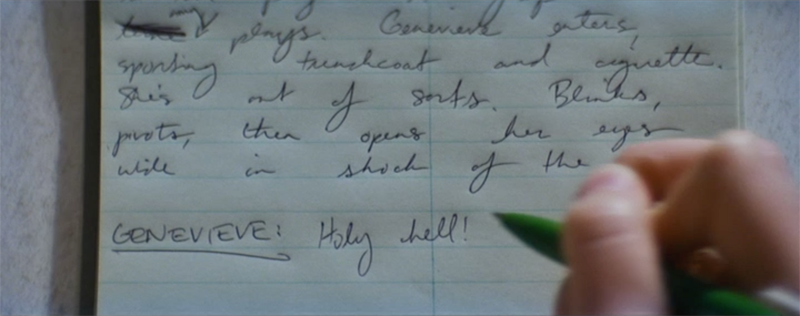
A significant portion of the runtime is taken up by the musical set pieces, but they're never gratuitous. Every song advances the story in one way or another. The opening number, for example, perfectly establishes this world of dreamers and strivers, and what they've given up and what they've gained in Los Angeles. Then "Someone in the Crowd" continues along these lines, making it more personal for Mia. I won't run through every example, because in spite of the abundant song and dance flash and spectacle, my favorite moments in the film—not counting Mia's audition and the musical epilogue, of course—are some of the simple dialogue scenes. These moments are more instructive to the average screenwriter (i.e., me) who will never, ever, ever have to worry about creating songs for a musical.
Sebastian
Ok. I remember you.
Mia looks at him. One eyebrow raised. Yeah?
Sebastian
And I’m sorry if I was curt that night.
Mia
“Curt”?
Sebastian
Ok I was an asshole. I can admit that.
Mia
Ok.
Sebastian
But requesting “I Ran” from a serious musician — it’s too far.
Mia
My God. Did you just call yourself “a serious musician”?
Sebastian
(beat)
I don’t think so.
Mia
Can I borrow what you’re wearing?
Sebastian
Why?
Mia
Because I have an audition next week. I’m playing a serious fire-fighter.
The repartee in this first real exchange between Mia and Sebastian highlights their chemistry and gets us rooting for their relationship right from the start. Their attraction to one another is unspoken, undeniable, and fun to watch. It's also a testament to the casting. (In fact, the entire scene sequence leading up to this moment is evidence of just how much Emma Stone and other actors brought to the project that wasn't originally on the page. Compare the screenplay to the finished film beginning with the introduction of Carlo the writer—page 16 / minute 26:45—and you'll see what I mean.)
Who, me? Oh stop.
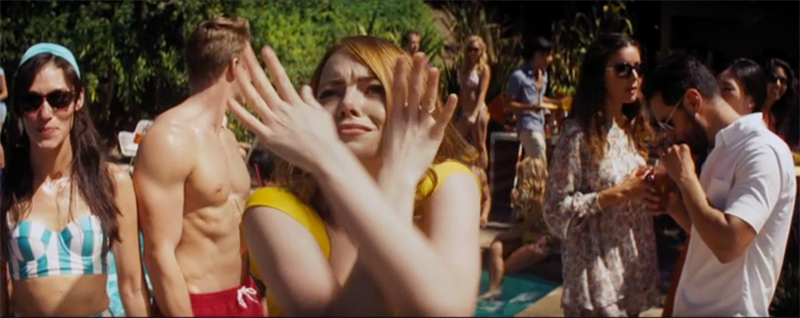
But we're going off the rails again. Yes, film is a collaborative effort, and movies are ultimately better for that collaboration. But it begins with the written word, and we're writers, so let's get back to that.
The scene that sends their relationship crashing back to earth is Sebastian's surprise dinner for Mia. It's basically seven minutes of two people sitting at a table, talking as they eat. On paper that's nobody's idea of a good time—well, almost—but here it's riveting to watch a perfectly happy couple gradually and unexpectedly come apart as simple miscommunications set loose repressed resentments.
SEBASTIAN
Anyway - it’s time to grow up. You know? This is what I’m doing. If you had a problem, I wish you would’ve said something earlier, before I signed on the dotted line.
MIA
(trying again)
You had a dream that you were sticking to, that -
SEBASTIAN
This is the dream!
MIA
This is not your dream.
SEBASTIAN
Guys like me go their whole lives and never do anything that’s liked. I’m finally doing something that people enjoy. What is wrong with that?
MIA
Why do you care so much about being liked - ?
Sebastian
(finally bursting)
You’re an actress, who are you to talk??
Silence. We suddenly realize -
- the LP has finished. You can hear the needle scratch against it now - back and forth, back and forth. Sebastian looks at Mia.
A moment. Finally -
SEBASTIAN
Maybe you liked me more when I was a failure because it made you feel better about yourself.
Not cool, Sebastian. Not cool.
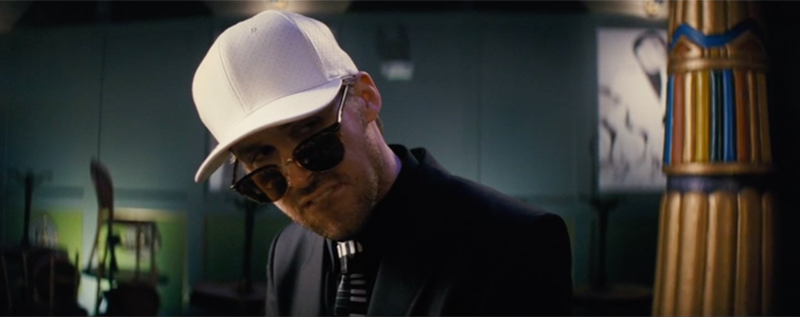
That one scene is enough to mortally wound their relationship. The final coup de grâce comes shortly thereafter when Seb fails to show for Mia's play. It takes both characters to their lowest points, separates them, and moves the story into Act Three, which breaks down like this:
- Montage of Mia returning home; Seb at his sister's wedding.
- Seb gets a call from a casting agent looking for Mia.
- Seb visits Mia in Boulder City to deliver the news and convince Mia to try again.
- Mia's audition.
- Mia and Seb talk about their future.
- Five years later, Mia is a star and Seb has his own club.
- Mia is married, but not to Seb. She and her husband get stuck in traffic and by chance end up at Seb's club.
- Musical epilogue — a powerhouse grand finale in which Seb reimagines their life together in music and dance, taking up a full third of the final act's run time.
- One last look.
That epilogue and Mia's audition are highlights of the film, but in spite of the work that must have gone into getting those right, the third act overall is simple and straightforward enough to make it look easy. Of course that's rarely the case, Simplicity is usually the result of many hours of hard labor—of building up and tearing down and refining and throwing out babies—all that painful process.
Sometimes, though, it leads to something like La La Land. Sometimes, if you're lucky and good and persistent, it all works out in the end—even if the end isn't quite what you'd hoped it would be in the beginning.
MIA
(sings)
Here's to the ones who dream,
Foolish as they may seem.
Here's to the hearts that ache.
Here's to the mess we make.
She told me
"A bit of madness is key
To give us new colors to see.
Who knows where it will lead us?
And that's why they need us."
So bring on the rebels,
The ripples from pebbles,
The painters, and poets, and plays.
And here's to the fools who dream,
Crazy as they may seem.
Here's to the hearts that break.
Here's to the mess we make.
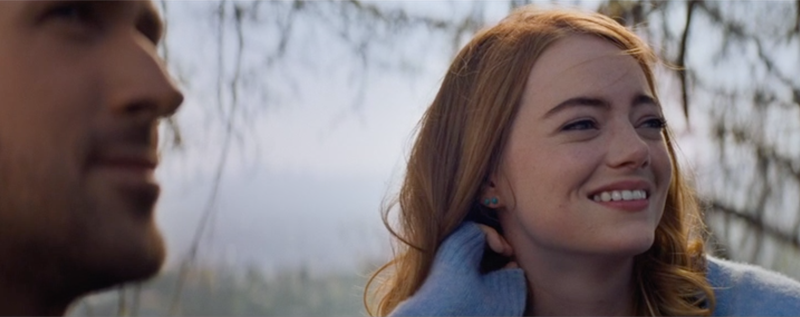
Double Feature Suggestions
- Jacques Demy’s The Umbrellas of Cherbourg is the obvious choice. It's worth a look if you haven't already seen it, then come back to La La Land and try to pick out all the allusions and story similarities. They're all over the place.
- Or for another tale of ambitious artistes putting aside love in favor of the work, it's hard to beat The Red Shoes. This movie is technicolor nuts. Did I tell you I'm not a fan of musicals or dance? Forget I ever said it. The Red Shoes changes my mind.
Screenplay Link
Comments
Join to Comment
or
<< The Limey << >> The Apartment >>
Is this the start of something wonderful?

My Books
Recent Posts
- Before Sunrise
- Pulp Fiction
- Moonrise Kingdom
- Party Down
- Eternal Sunshine of the Spotless Mind
- The Limey
- La La Land
- The Apartment
- Kiss Kiss Bang Bang
- John Wick
- Election
- Casablanca
Help Me Choose
What movie should I write about next? I have a few ideas, but I‘m open to suggestions:
CatsChildren Of Men
Donnie Darko
Four Weddings and a Funeral
Good Will Hunting
Grosse Point Blank
Hell or High Water
Jo Jo Rabbit
La Dolce Vita
La Notte
Logan
Miller's Crossing
Moonlight (2016)
Never Let Me Go
Pan's Labyrinth
Punch Drunk Love
Rambo
Star Wars
The Big Lebowski
The Nice Guys
The Raid 2
or something else
Vote Results for Upcoming Posts
Thank you for your suggestion! Be sure to sign up below to be notified when new story circles are posted to the site!
Pan's Labyrinth (15%)
Star Wars (12%)
Donnie Darko (10%)
Jo Jo Rabbit (9%)
The Big Lebowski (7%)
Punch Drunk Love (7%)
Children Of Men (6%)
Hell or High Water (5%)
Good Will Hunting (5%)
Grosse Point Blank (5%)
Other
Thanks again! And hey, if you’d like to write one of these articles, hit me up.
Write for Story24
If you’re interested in contributing to this site, I would love to hear from you. Learn more here:
Other Business
Some of the links on this site are affiliate links. I earn a small commission when purchases are made after these links are clicked.
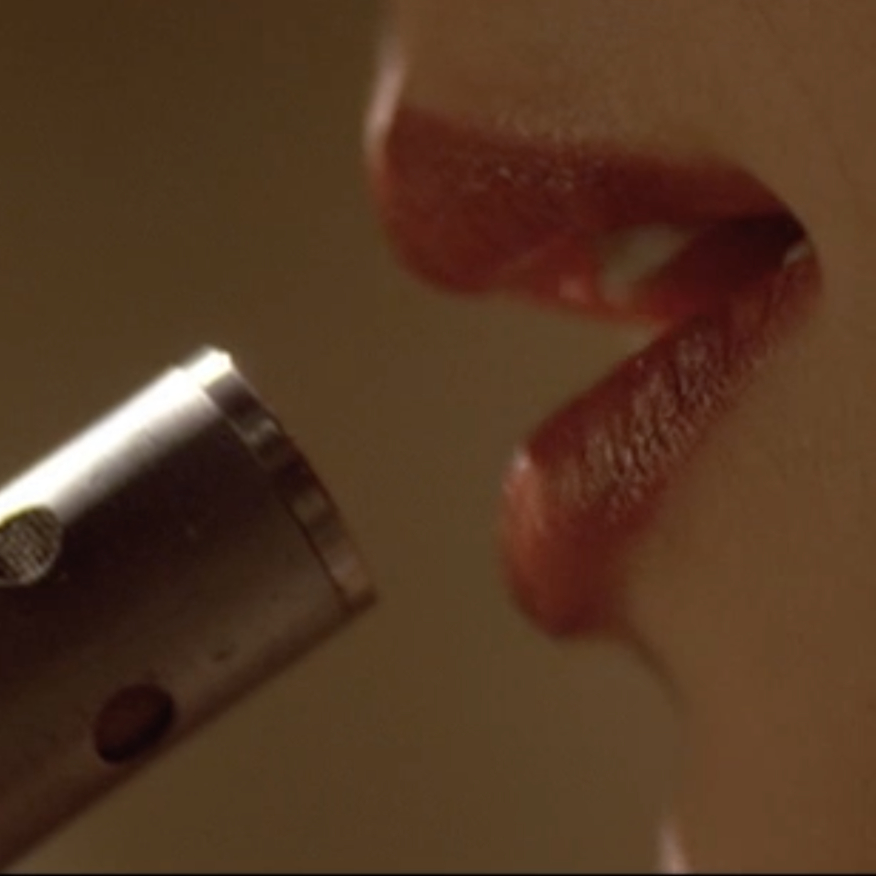
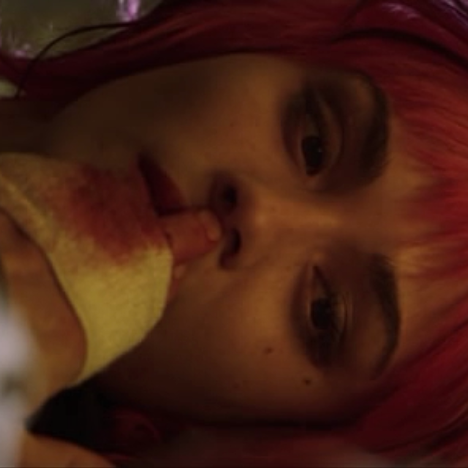
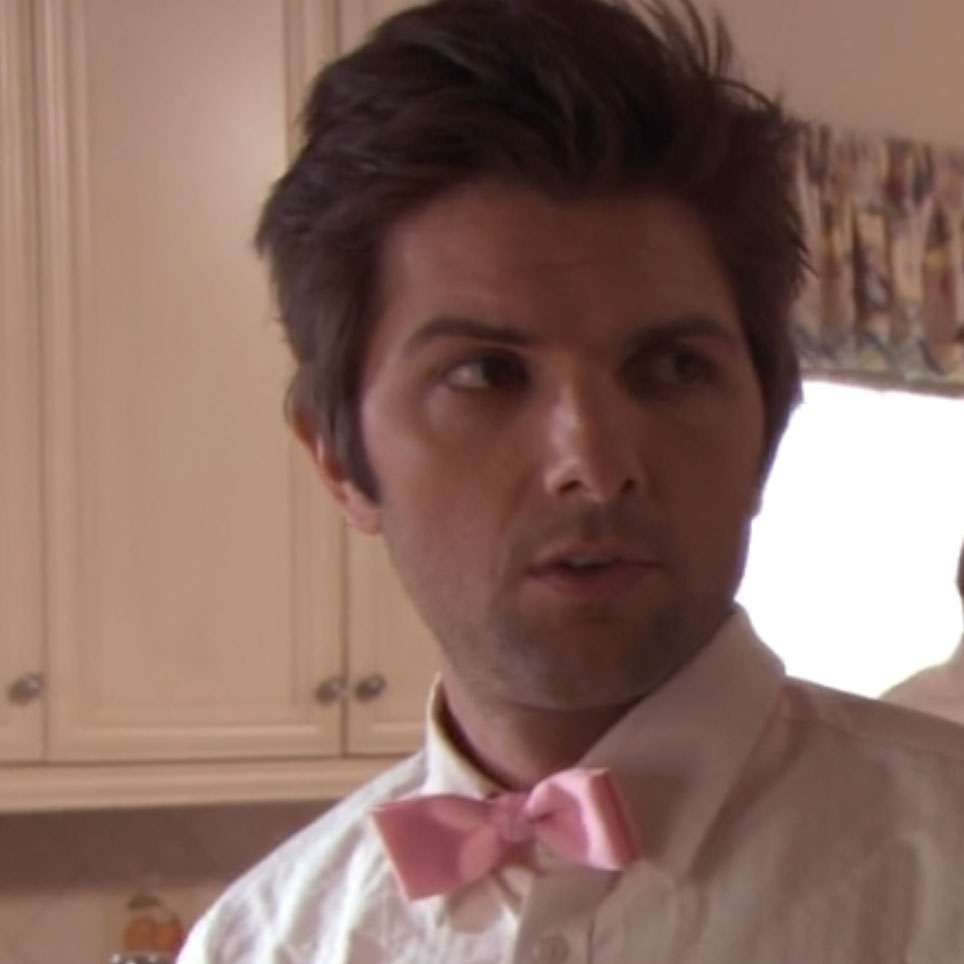
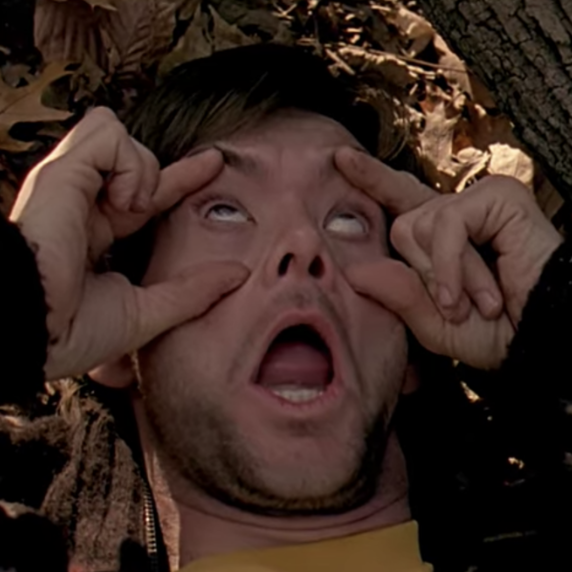
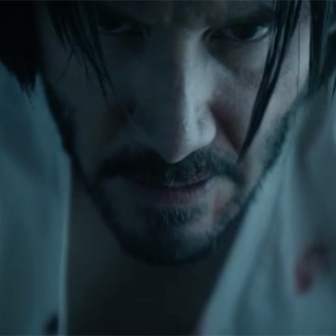
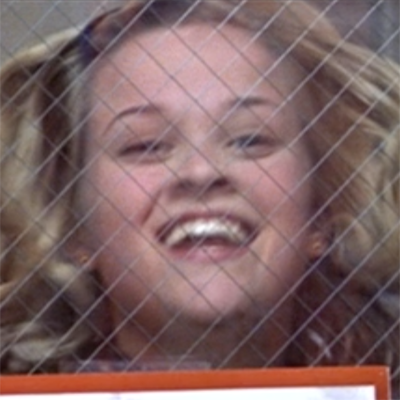
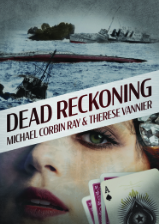
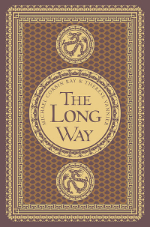
No comments yet.